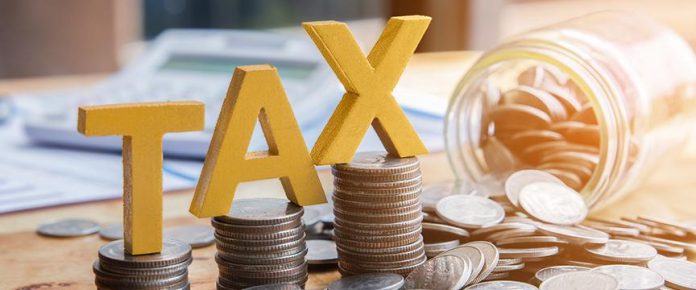Finance Secretary Ajay Bhushan Pandey stated that unlike the other resolutions, a faceless assessment would permanently resolve the tax-related disputes. He said that the revised estimates of revenue and expenditure for the current financial year were realistic at the Indian Express Idea Exchange Program. He also mentioned that if the gross tax collections were down6.7% by January, the gap would be narrowed by the end of the year as the slump was caused partially by the liberal refunds of about 1.91 Lakh crore. He said that the tax buoyancy estimated for FY22 was 1.16 which was neither conservative nor unduly optimistic.
While according to data the tax disputes were on a rise, a random faceless assessment done in August of last year was able to settle 50,000 disputes. Here the additional tax demands were large only in around 4000 or 8% of the cases as opposed to 60% in the older and earlier system. The amount involved in tax disputes were over Rs. 11 Lakh crores in FY19 end up by 23% a year ago. The Centre’s gross tax receipts in FY19 was Rs 20.8 Lakh crore.
About 1.25 lakh cases which form a quarter of all disputes opted for the Vivad se Vishwas scheme enabling a settlement of Rs 97,000 crore in tax demands. The government had planned to collect Rs 2 Lakh crore by end of March but couldn’t because of the Covid-19 pandemic. But it was a success compared to the 1998 scheme that could collect only Rs 739 crore and the 2016 one which could resolve only 8,600 cases involving 631 crores.
Pandey also mentioned India’s equalization levy or the ‘Google tax’, questioned by the US, was in sync with the principles based on which OECD framework was being worked out. Given the world was becoming more digitalized and companies were able to generate revenues from transactions undertaken abroad, it was fair for the countries to tax such transactions originating from their territories. Levy, introduced in Finance Act 2020, is sort of a digital tax on no-resident e-tailers at @% on the revenue generated from India. This was to nullify the 6% equalization levy rolled out in 2016 for revenue on B2B digital advertisements and allied services of the resident service provider.
Answering the doubts expressed by the analysts on the practicality of spending 1.6% of GDP in Q4, Pandey said that there would be a big jump in spending in the fourth quarter as spending was compressed in the first three quarters and traditionally expenditure has always been higher I the fourth quarter. In a recent interview given to FE, expenditure secretary TV Somanathan said the appetite of starving ministries and some lumpy items would make the target achievable.
Follow and connect with us on Facebook, Linkedin & Twitter

